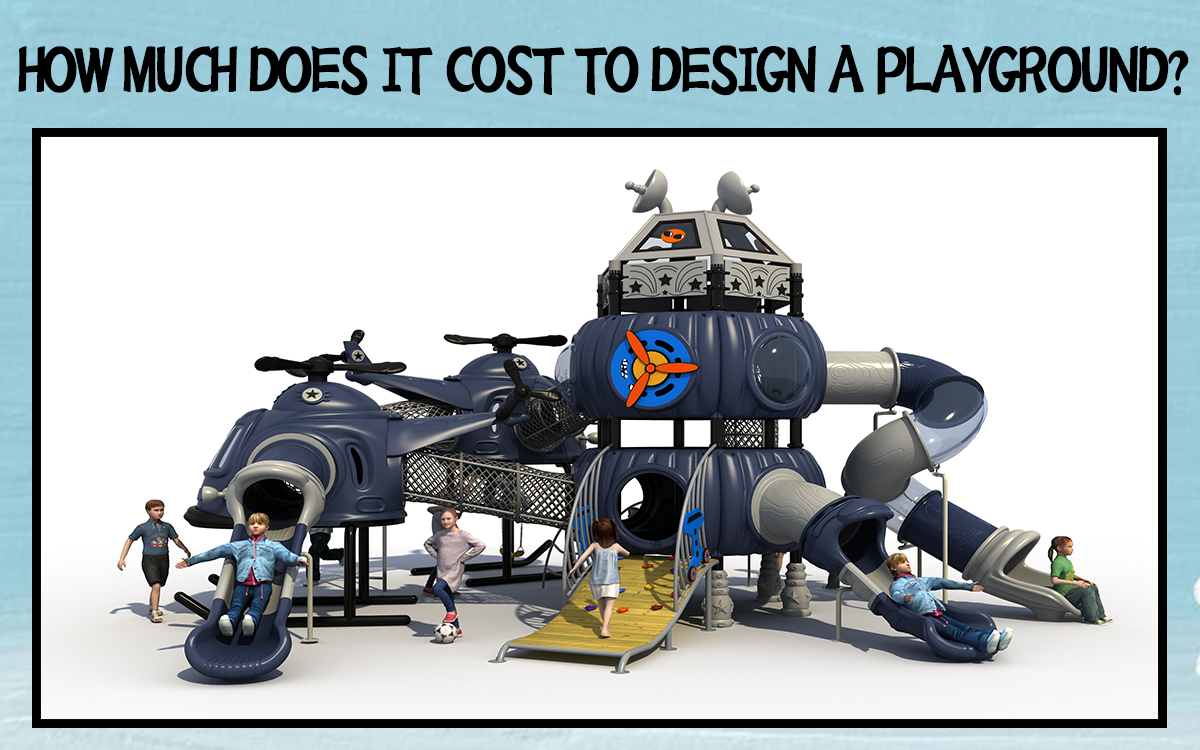
Designing a playground involves various factors influencing the cost, including size, location, equipment, and additional amenities like shade structures. Licensing requirements and safety standards also play a critical role in shaping expenses. Storage and surfacing issues, along with post-installation maintenance, further affect the budget. However, strategies like DIY construction and community involvement can help mitigate costs. This overview underscores the importance of thorough planning and expert guidance in creating cost-effective, engaging playgrounds for children.
Creating a vibrant playground that sparks joy and fosters growth in children is a multifaceted endeavor. But perhaps the most pressing question for those embarking on this journey is the cost.
From selecting the perfect location to tailoring equipment to suit different age groups and abilities, numerous factors come into play. Once the vision is crystalized, the financial aspect becomes paramount.
The average price of a playground varies based on factors like size, scope, and location. Small playgrounds typically entail lower costs, while larger ones can require a more substantial investment. Expenses encompass equipment, surfacing materials, and installation.
What factors influence playground costs? Apart from the size of the space, additional amenities can drive up expenses. These might include shade structures, musical instruments, or specialized play features.
State licensing requirements are another consideration. Each state sets guidelines for safety and developmental appropriateness, which impact design and installation protocols.
Storage logistics also affect the budget. Playground equipment may need to be stored until installation begins, adding to overall expenses.
Surfacing issues can significantly impact costs as well. Poorly maintained surfaces pose safety risks and may require excavation, drainage enhancements, and other remedial measures.
Post-installation maintenance is an ongoing expense. While warranties cover certain aspects, routine upkeep is essential to ensure longevity and safety.
On the flip side, there are strategies to reduce playground costs. DIY construction, efficient site preparation, and community involvement can all contribute to savings.
By leveraging these cost-saving measures and partnering with experienced professionals, creating a playground that delights and inspires children becomes more achievable.
When embarking on a playground project, consider all aspects of the budget and seek support from knowledgeable partners who can guide you through the process. Together, let’s create spaces where children can learn, grow, and play to their hearts’ content.




























